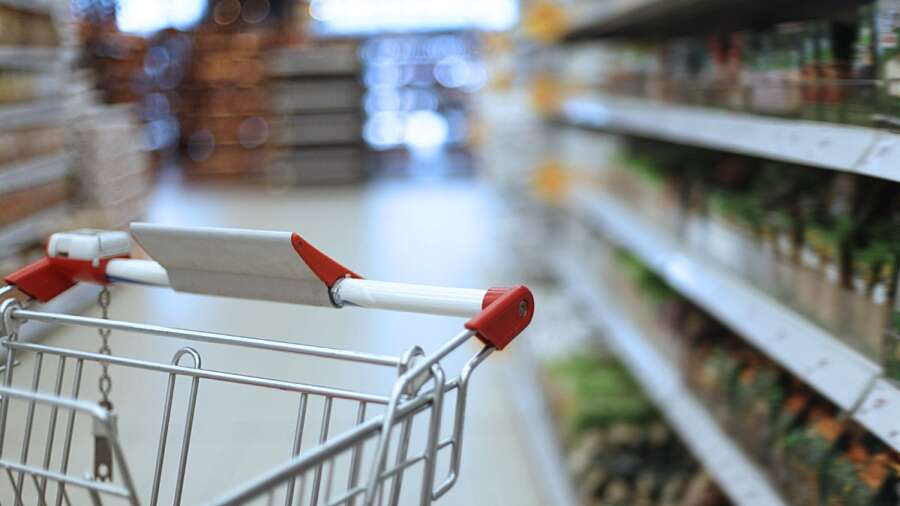Three Solutions to Drive Near-Term Production Cost Savings in CPG
Manufacturing Solutions for Operational Efficiency
Food, beverage and household consumer packaged goods (CPG) manufacturers are making notable shifts in their manufacturing operations strategy. For years, emerging from COVID 19, manufacturers prioritized capacity increases to chase a bubble of pent-up demand at the expense of many other KPIs. More recently, as supply chains have caught up to demand, CPG manufacturers are shifting their priorities to address the full impact of inflationary pressures.
As consumers have responded to a significant rise in prices over the last three to four years, demand has fallen off. In this environment, manufacturers are no longer able to drive revenue gains based on price increases, but rather must rely on driving unit volume. Additionally, the politicalization of grocery prices has further prevented the ability to take price gains, possibly even causing companies to give back price gains.
As a result, CPG manufacturing leaders have turned their attention to driving down their cost per unit manufactured with a very near-term focus.
“Inflation has cooled, but Americans are still seething over prices. People find it unsettling that price tags don’t look like they did before inflation took off during the pandemic, surging to the highest level in four decades. Even though the growth in prices has eased significantly, prices themselves aren’t getting lower.”
Wall Street Journal, October 23, 2024.
Manufacturing Solutions to Explore
Fortunately, there are cost improvement use cases and associated solutions readily available today to help manufacturers immediately target near term operating cost improvements.
Perfect Fill
Greater than 50% Reduction of Giveaway
To counteract the risk of underfilling products, which may lead to potential penalties and financial fines, it’s common practice for CPG manufacturers to overfill products. The goal here is ensuring organizations reach a target of filling as defined by the amount listed on the bottle. By putting the Perfect Fill solution in place, organizations can shrink the standard deviation of overfill and more tightly control the fill rate or volume to a target.
Use Case: Reduce spending on ingredients by reducing chronic, intractable problems with overfilling bottles and finished goods packaging. This involves sensing and predicting variables that are difficult to predict with traditional methods.
How it Works: Implement a combination of a soft sensor solution like Rockwell’s LogixAI, a distributed control system such as Rockwell’s PlantPAX and an Human Machine Interface (HMI) visualization system such as Rockwell’s Optix. Trained on historical and real-time streaming data, a self-learning AI model, deployed at the edge, learns contributing variables and coefficients. This machine learning (ML) model predicts fill weights, and the optimizer adjusts control setpoints to minimize error.
FactoryTalk Energy Manager
Reduction in Utility Spending of 5-30%
Many organizations talk about sustainability goals, it is now possible to achieve them and much faster than in the past. Historically, this has been a big undertaking for organizations – typically a three-to-six-month process. However, by leveraging this Software-as-a-Service (SaaS) solution and connecting the meters to an existing system, organizations can implement it extremely fast, normally one to two months, and reduce spending across multiple energy vectors.
Use Case: Reduce plant level spending on WAGES, particularly electricity and water by monitoring and analyzing usage levels. Leverage analytic usage patterns to identify outliers to be targeted for immediate root cause analysis and corrective action.
How it Works: Implement a combination of an energy management solution, such as Rockwell’s FactoryTalk Energy Manager, and an industrial ops platform such as Rockwell’s DataMosaix. The solution alerts to issues compared to a baseline.
Once areas of persistent challenges are identified, the process or asset can be optimized through closed loop optimization with MPC and/or AI solutions. These closed loop solutions take control of the process or assets (like boilers or freezers) and drive improved performance that is monitored and visualized in the energy management application where additional actions can be taken if needed.
Operational Copilots
Reduced Troubleshooting Time from Hours to Minutes
There is a wave of transformation that’s overtaking CPG manufacturing and other industries. The old way of building applications and user experience (UX) is going to be replaced with copilots and the way organizations interact with data is fundamentally changing. This involves having an effective AI agent.
Use Case: Reduce troubleshooting time from hours to minutes with an AI copilot by automatically analyzing equipment alarms on packaging line equipment and recommending resolution procedures.
How it Works: Use AI copilots to enhance human decision-making, providing real-time guidance, analysis, and documentation. Rockwell's DataMosaix includes accelerators with industry-specific data models that can be customized and integrated with solutions like Microsoft Azure. It enables translation between natural language and data, using the Azure AI suite for co-pilot development.
Conclusion
Clearly defined and achievable near-term cost improvements will motivate CPG leaders to approve spending on innovative new solutions. Reduction in overfills and utility spending for manufacturers will translate to lower prices at checkout for consumers.
In turn, food, beverage and consumer goods brands that implement these manufacturing solutions will attract more customers by offering competitive prices, boosting sales and brand loyalty. Overall, implementing these innovative manufacturing solutions for operational efficiency will create a win-win situation, allowing manufacturers to maintain profitability while delivering affordable value to the market.



